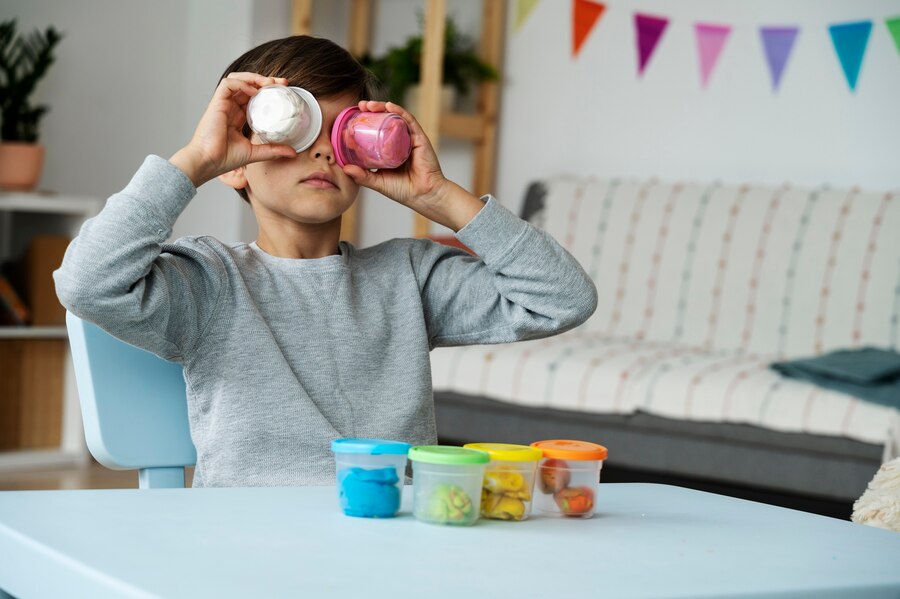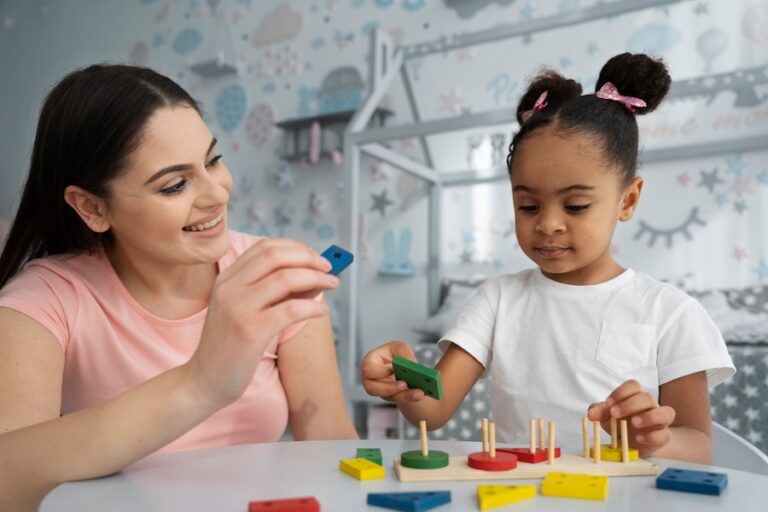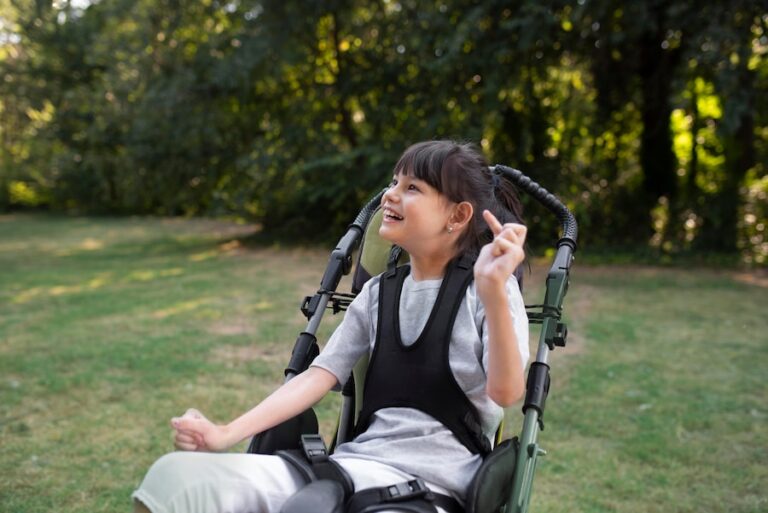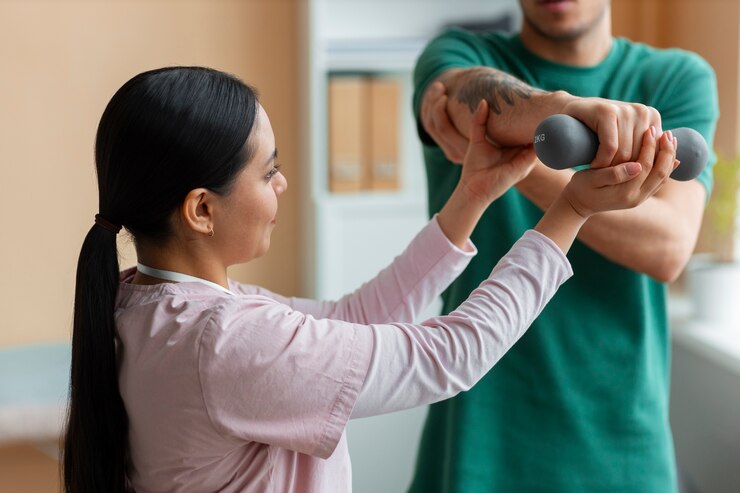ADHD And Sensory Processing: How To Help Your Child Thrive
Attention Deficit Hyperactivity Disorder (ADHD) and Sensory Processing Disorder (SPD) are two conditions that can significantly impact a child’s daily life. While they are distinct diagnoses, they often occur together, presenting unique challenges for both children and their caregivers. Understanding how these conditions intersect and implementing strategies to support your child can make a world of difference in their ability to thrive.”ADHD Treatment in Raj Nagar”
To Know More About It Please Click Here
What is ADHD?
ADHD is a neurodevelopmental disorder characterized by difficulty in sustaining attention, impulsive behavior, and excessive activity levels. It affects millions of children worldwide and can persist into adulthood. While the exact cause of ADHD is unknown, genetic factors, brain chemistry, and environmental influences are believed to play a role.
What is Sensory Processing Disorder?
Sensory Processing Disorder (SPD) involves challenges in how the nervous system receives and responds to sensory information from the environment. Children with SPD may be over-sensitive (hypersensitive) or under-sensitive (hypersensitive) to stimuli such as touch, sound, taste, and movement. This can lead to emotional dysregulation, behavioral issues, and difficulties with daily activities.
The Intersection of ADHD and SPD
Many children with ADHD also experience sensory processing difficulties, amplifying their challenges. For example, a child with ADHD may struggle to filter out irrelevant sensory input, leading to distractibility and difficulty concentrating. They may also seek sensory stimulation to regulate their arousal levels, engaging in behaviors like fidgeting or tapping.
How to Support Your Child
- Education and Awareness: Learn as much as you can about ADHD and SPD to better understand your child’s needs. Knowledge empowers you to advocate for appropriate support and interventions.
- Multimodal Approach: Addressing both ADHD and SPD often requires a multimodal approach. This may include behavioral therapy, occupational therapy (OT), medication (in the case of ADHD), and sensory integration techniques.
- Dietary Recommendations: Consult an occupational therapist to create a customized sensory diet for your child. A sensory diet consists of activities and strategies designed to regulate sensory input throughout the day, promoting optimal arousal levels and attention.
- Environmental Modifications: Create a sensory-friendly environment at home and school by minimizing distractions, providing sensory tools (e.g., fidget toys, noise-canceling headphones), and establishing predictable routines.
- Positive Reinforcement: Use positive reinforcement techniques to encourage desired behaviors and self-regulation skills. Praise your child’s efforts and progress, focusing on strengths rather than deficits.
- Collaboration with Professionals: Foster open communication and collaboration between parents, teachers, therapists, and healthcare providers. Consistent support across different settings enhances your child’s chances of success.
- Self-Care: As a caregiver, never forget to put your health first. Managing ADHD and SPD can be challenging, and self-care is essential for maintaining resilience and supporting your child effectively.
Conclusion
Navigating the complexities of ADHD and SPD can be overwhelming, but with patience, understanding, and the right support, your child can thrive. By adopting a holistic approach that addresses their unique sensory and attentional needs, you can empower them to reach their full potential and lead fulfilling lives. With love, advocacy, and access to appropriate resources, every child has the opportunity to shine bright despite the challenges they may face.”ADHD Treatment in Raj Nagar”
Also, Follow us on Instagram








